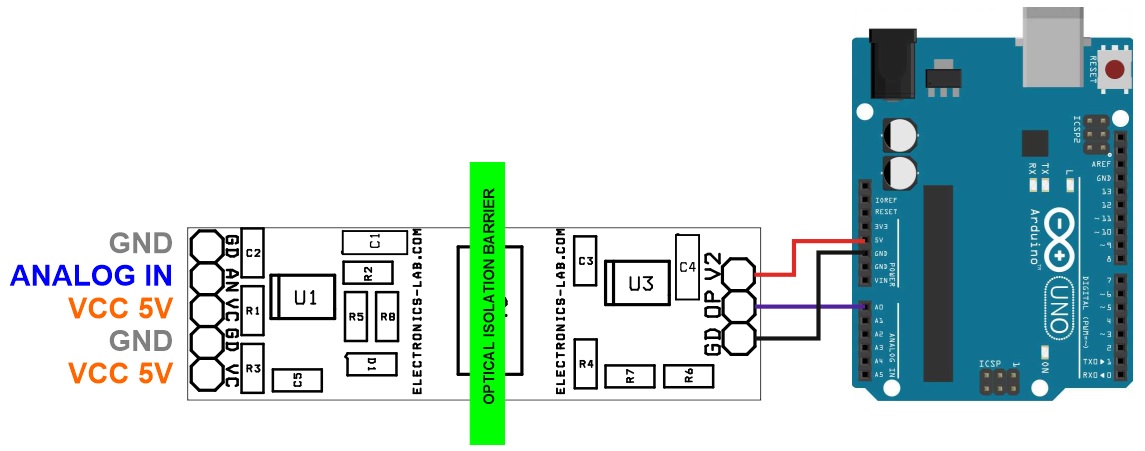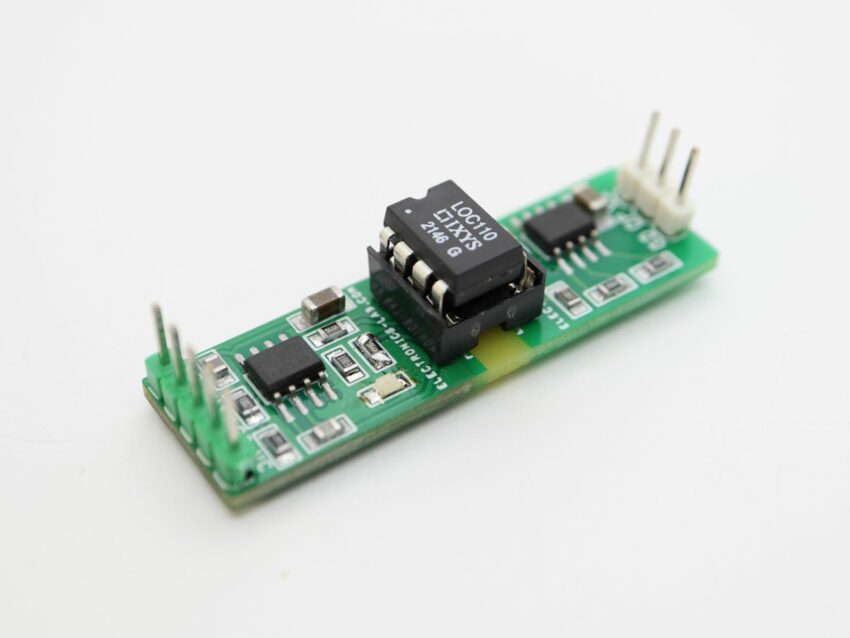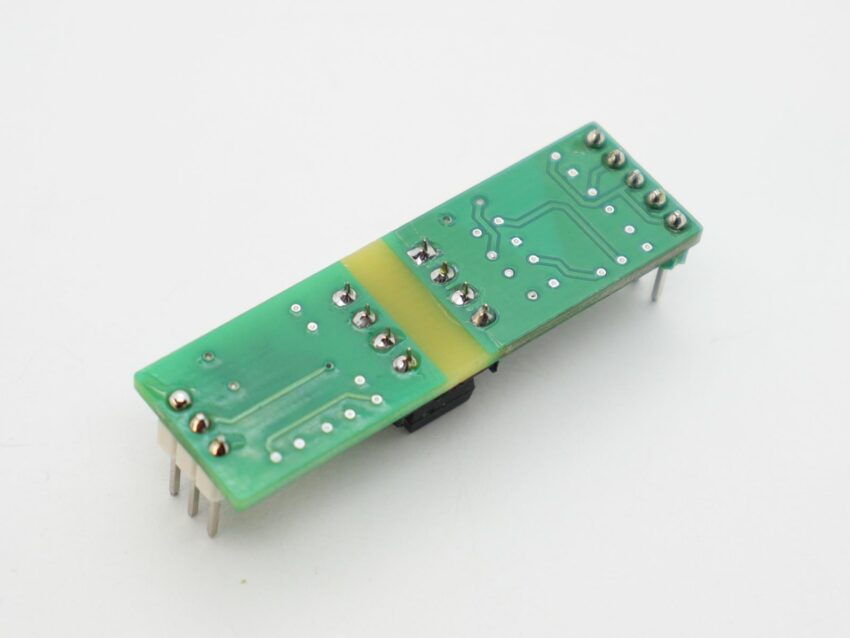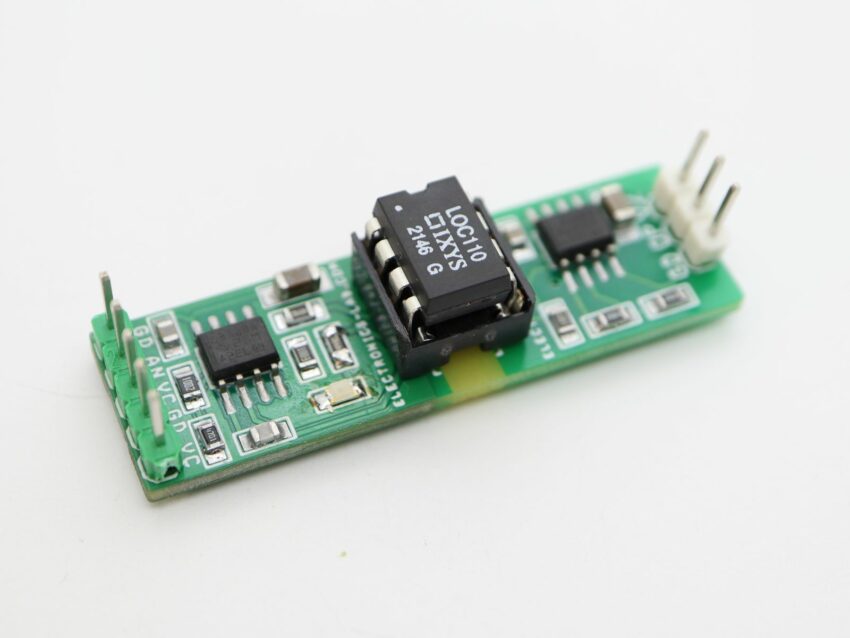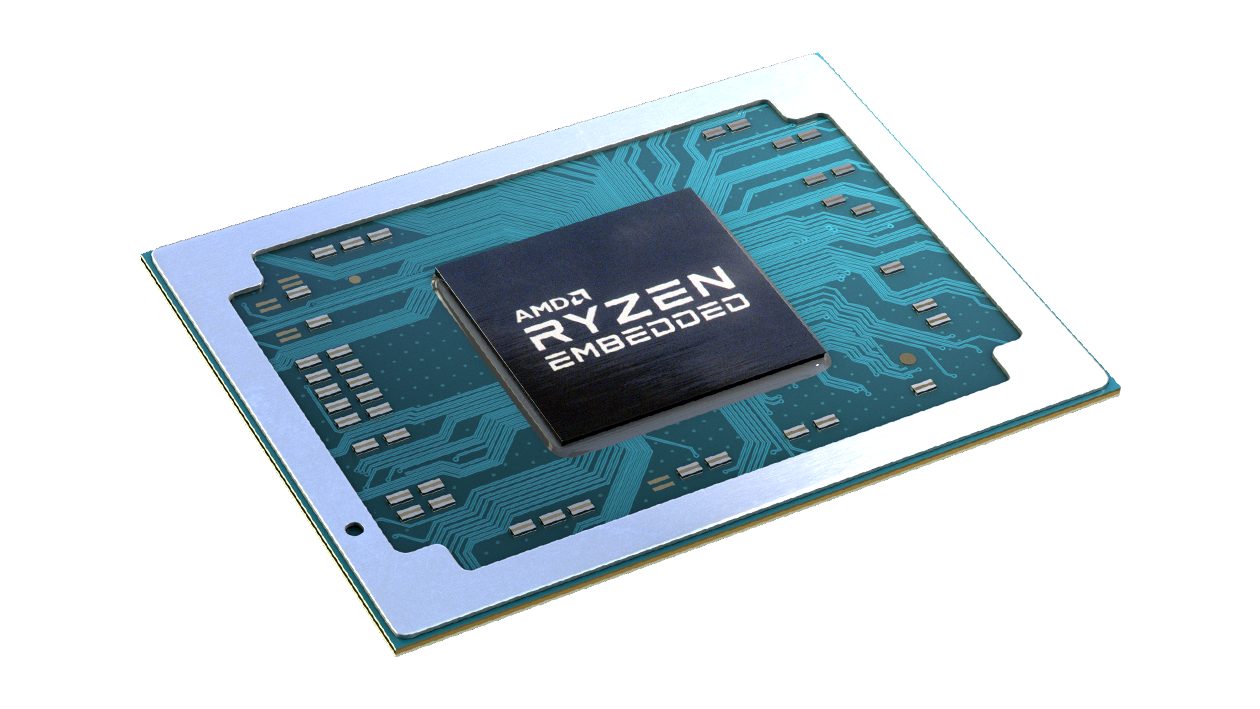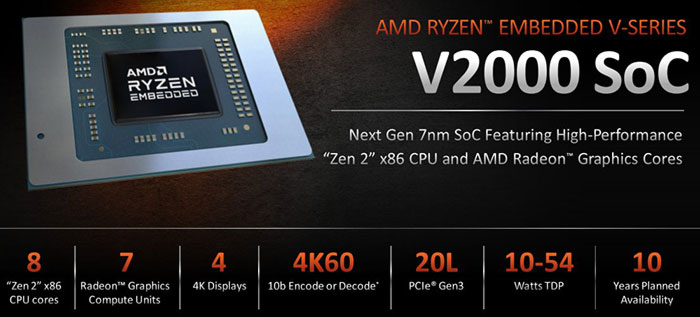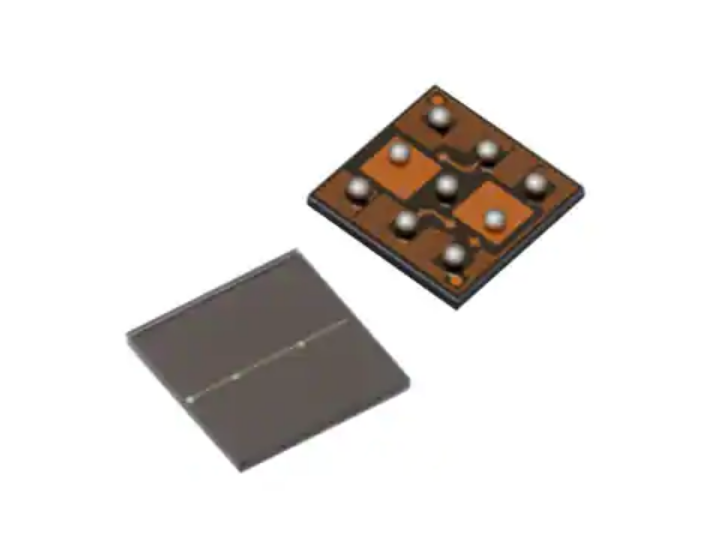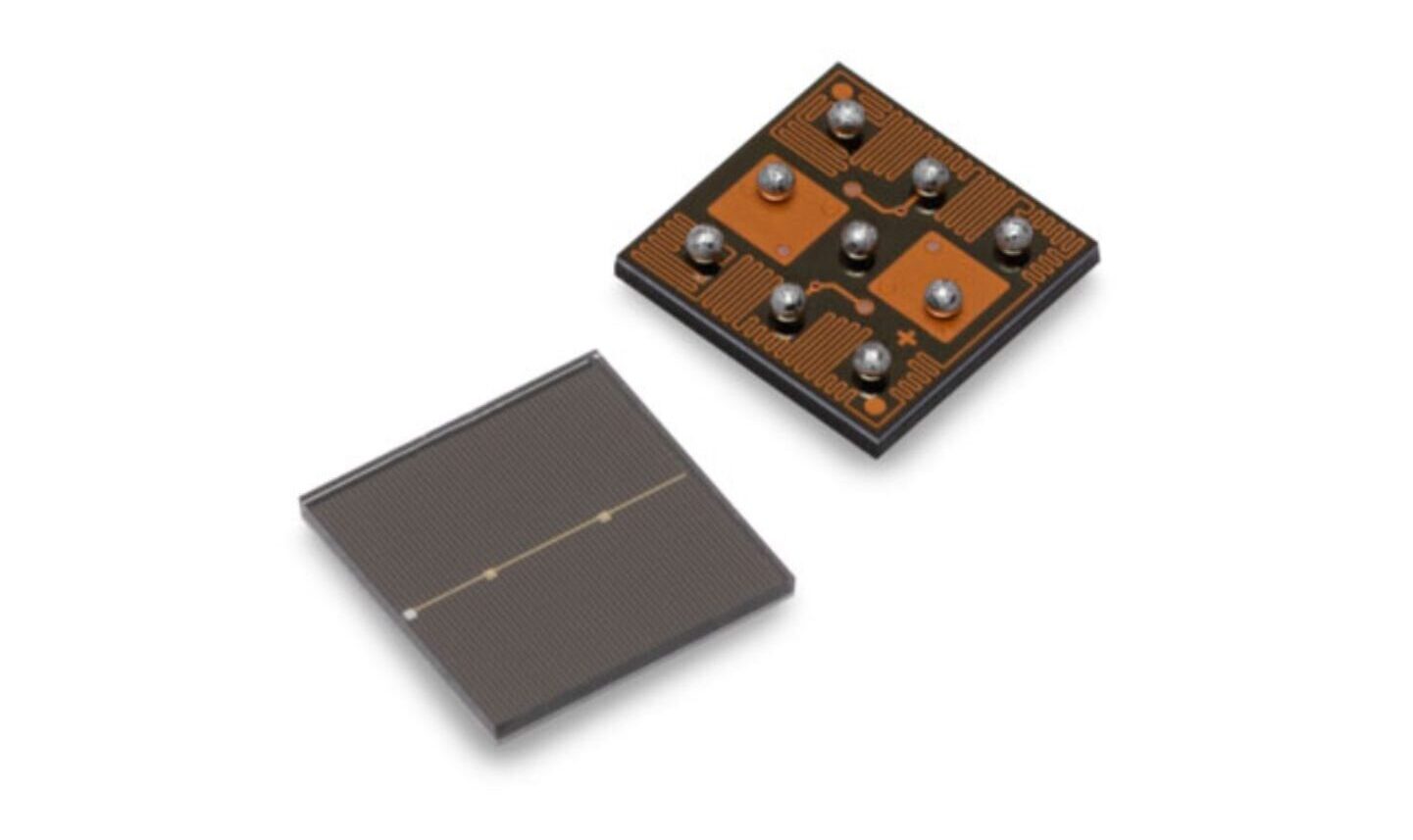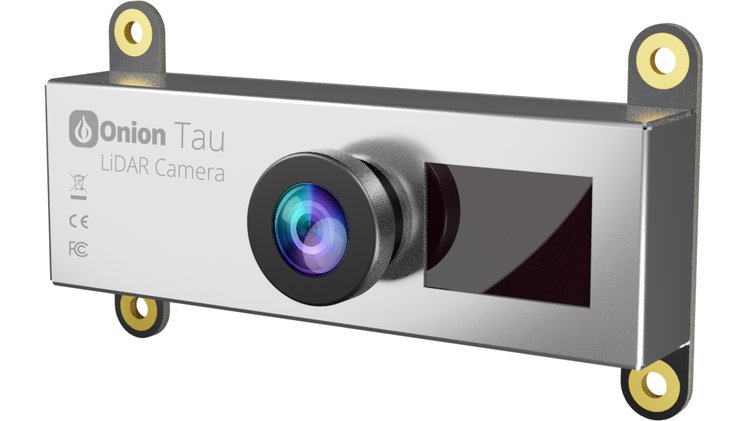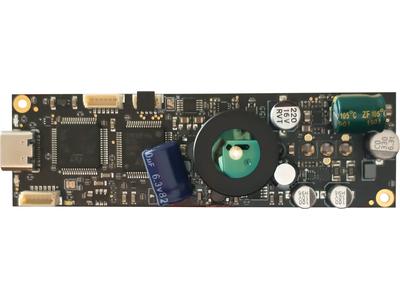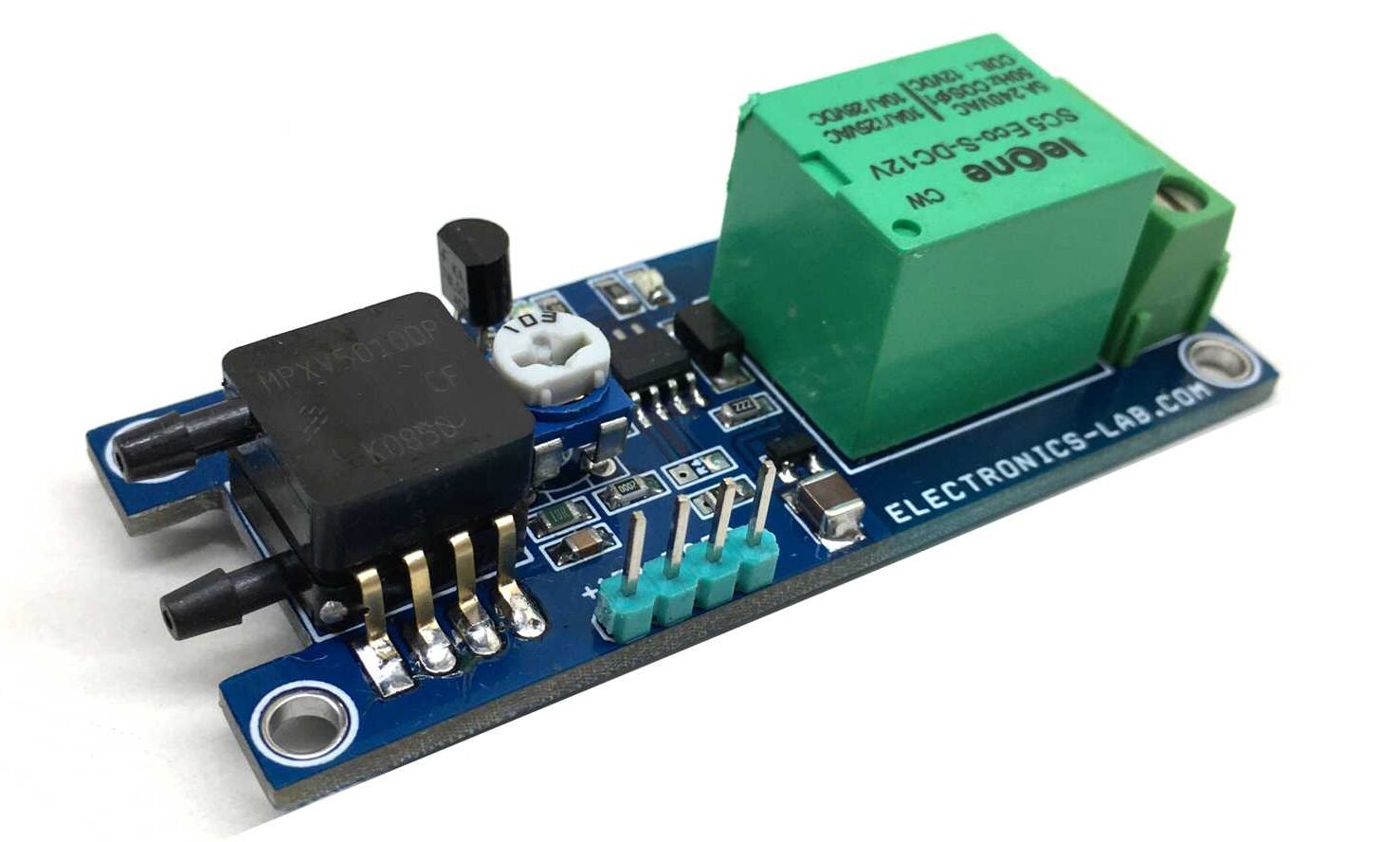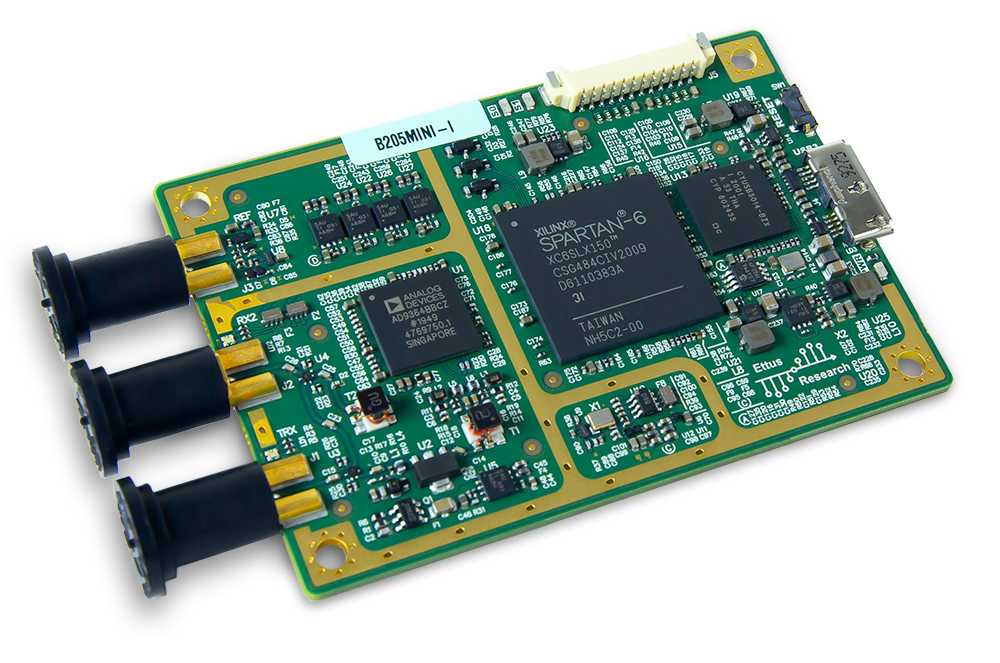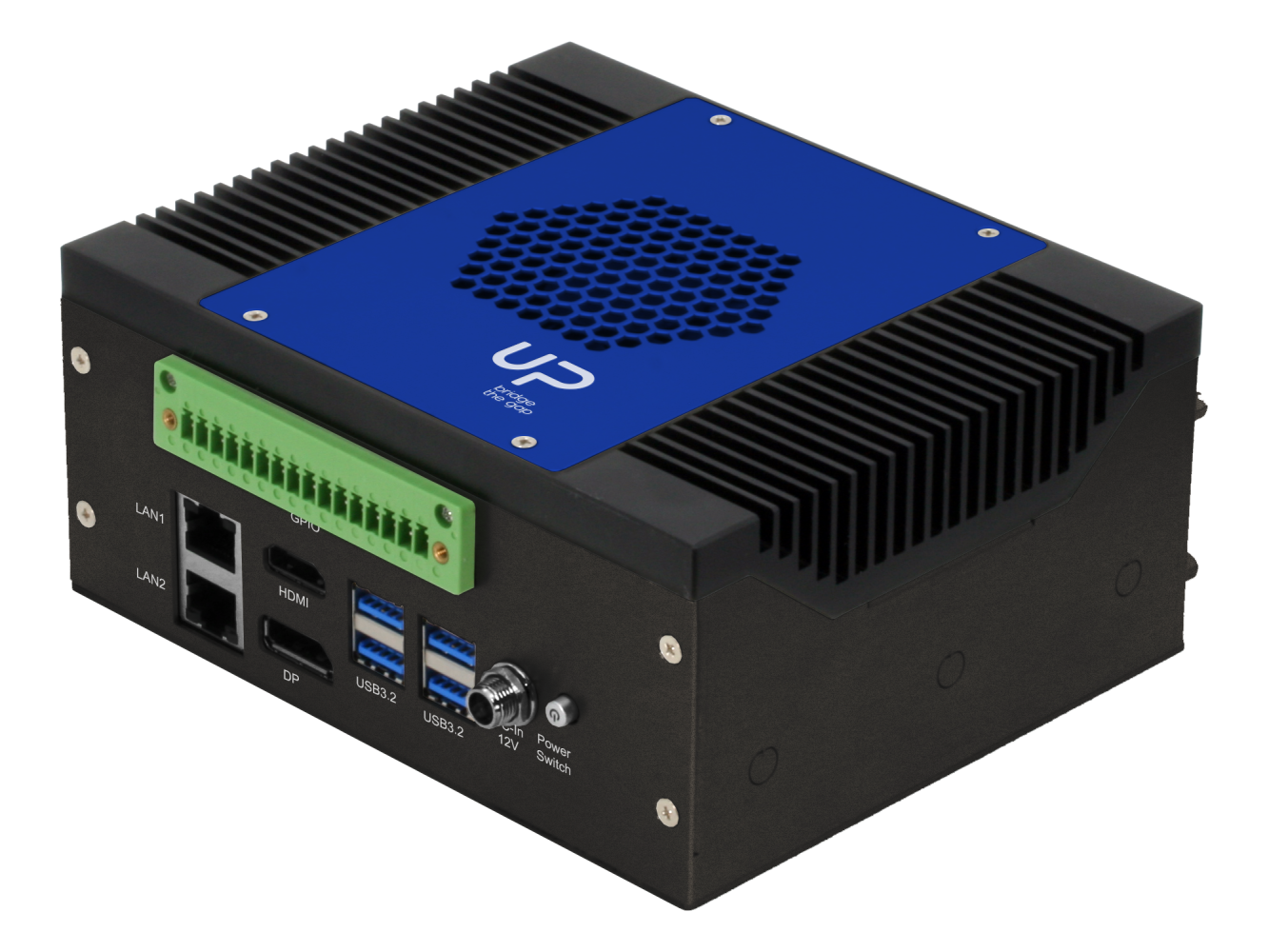
AAEON, a leading manufacturer of AI Edge hardware solutions, announces the latest addition to their UP Bridge the Gap brand, the UP Xtreme i11 Edge Compute Enabling Kit. Powered by the 11th Generation Intel® Core™ processors with Intel® Iris® Xe embedded graphics (formerly Tiger Lake), the UP Xtreme i11 is the latest generation in edge computing solutions designed to power intelligent applications across a range of industries including retail, healthcare, transportation, robotics and industrial automation.
Powered by the latest 11th Generation Intel Core processors, the UP Xtreme i11 Edge Compute Enabling Kit is designed to bring high performance computing to the edge. This latest generation of Intel Core processors bring speeds up to 4.4 GHz with a TDP of only 28 Watts and cTDP of 15 Watts. The processors also unlock a range of Intel tools designed to optimize performance and security, including the Intel® Functional Safety Essential Design Package, vPRO (i5, i7 only), TSN and TCC enabled LAN ports for real-time networking support.
The integration of Intel Iris Xe graphics into the 11th Generation Intel Core Processors brings the most powerful version of Intel’s integrated graphics to date. With up to 96 execution units (EUs), Intel Iris Xe enables workload consolidation in applications like CNC machines, HMI devices, medical imagining and diagnostics, and other applications requiring high resolution HDR output with AI capabilities.
The UP Xtreme i11 Edge Compute Enabling Kit is an innovative package featuring 5G support to deliver the ultimate modern edge solution. With 5G and wireless capabilities, the UP Xtreme i11 enables developers to connect large numbers of IoT devices, and seamlessly share data between edge and cloud. 5G wireless communication allows developers access to speeds up to 20 Gbps with reliable, ultra-low latency data transmission to provide a solid foundation for AI applications to evolve.
The UP Xtreme i11 Edge Compute Enabling Kit is built AI-Ready. Compatible with VPU cards including AAEON’s AI Core XM2280 with Intel® Movidius® Myraid™ X VPU, or the upcoming AI Core KB2280 featuring the 3rd Generation Intel® Movidius® VPU (formerly Keem Bay) which offers up to 10 times the performance for AI inferences than the Intel Movidius Myriad X, but up to 4.7 times more power efficiency. As with all AAEON UP products, the UP Xtreme i11 kit is compatible with the Intel® distribution of OpenVINO™ toolkit, as well as Intel® OneAPI, enabling access to optimization and training tools designed to accelerate development and shorten time-to-market.
The UP Xtreme i11 combines powerful processing with a range of features designed to unlock the full potential of AI Edge computing. The kit features up to 64GB of memory with in-band ECC support to maximize processing speeds. Flexible I/O features include 1 Gbps and 2.5 Gbps LAN ports, four USB 3.2 Gen 2 (10 Gbps) ports and one USB 4 Type C port, and multiple display outputs including HDMI 2.0, DP and DP1.4 (via USB Type C) and eDP. The kit also features two RS-232/422/485 ports and audio line in/out.
The UP Xtreme i11 offers expandability features including M.2 2280 M-Key (with NVMe support), M.2 2230 E-key, M.2 3052 B-Key, and PCIe [x4] slots. The kit also features a 40-pin GP bus allowing greater flexibility in expansion and connecting with peripherals.
The UP Xtreme i11 Edge Compute Enabling Kit will be available for pre-order in the UP Shop starting in Q1 2021. More information about the kit can be found at UP-Board.org. AAEON also offers customization services for the UP Xtreme i11 to provide the best fit for any application. For more information about customization and OEM/ODM services, visit aaeon.com or contact an AAEON representative.






